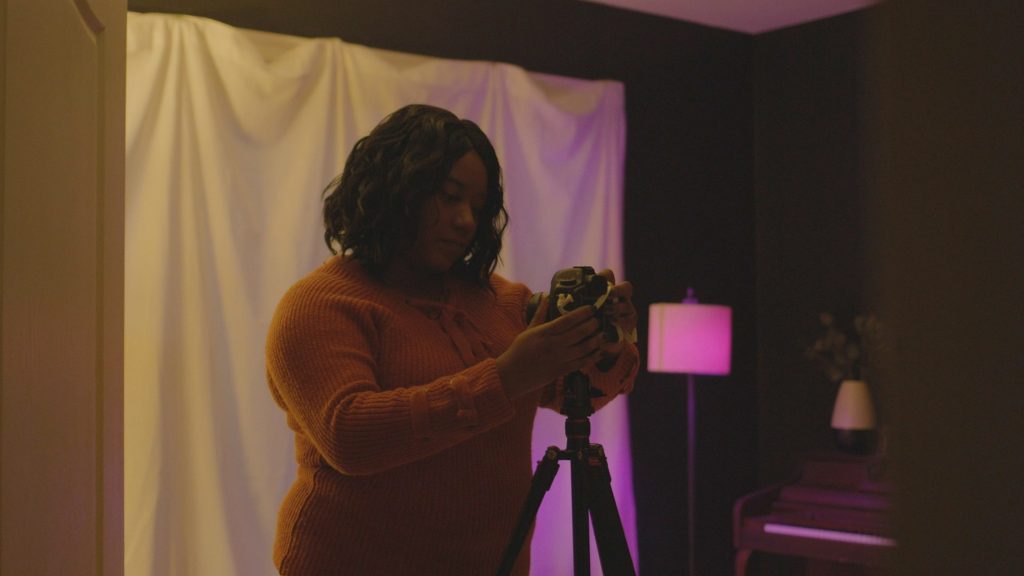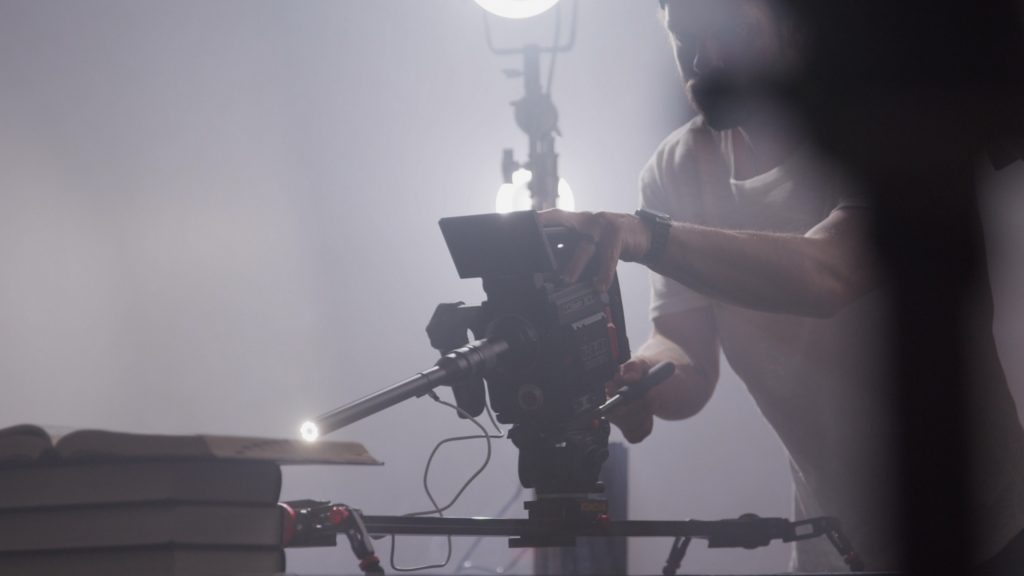
Filmpac Footage Contributor Program
Want to make money selling footage through a major stock footage platform like Filmpac? This page will walk you through the processs.
Continue ReadingBy Kevin Graham
Recording quality audio on set is crucial for any video project. It saves time in the edit and enables your finished product to sound as good as possible.
We’ll save the technical stuff for another time, but today, we’re going to take a big-picture approach and share 5 tips for recording clean audio in the field.
First of all, it’s important to know what you have to work with.
Do your mics have narrow or wide pickup patterns? Is your gear waterproof? What is the effective range of your wireless setup? Will you have an assistant, or are you running your audio setup yourself?
If you know the capabilities and limitations of your gear, you can plan your shoot accordingly and make sure you’re not caught in a bad situation.
For example, maybe you only have access to a camera-mounted shotgun mic. In this scenario, you’ll want to plan on making sure any audio-critical shots are close to the camera, or maybe even plan on overdubbing everything in post.

Another good habit to get into is, whenever possible, becoming familiar with your set before you shoot.
You don’t want to go through the trouble of setting up an interview shoot, only to show up and realize that there’s a noisy construction site right next to it. Or maybe there’s a radio station across the street, creating too much RF interference to use your wireless mics.
The best way to get clean audio from noisy sets is to simply avoid them altogether.

If you’re running audio as part of a larger production, a copy of the script is a must-have.
If there’s a scene where 8 people are going to be talking at once, you need to be prepared with either 8 lavs, a fast boom operator, or several plant mics.
Or if there’s a long monologue given by a walking subject, you need to plan for that and figure out how you’re going to follow them with a boom, or get a lav mic on them.
This is also a good opportunity for you to see where the camera will be during these shots, so you can keep your gear out of the frame.

In general, the closer your mics are to the sound source, the better the audio will be.
For shotgun mics, I see too many boom operators holding the mic way too far away from the subject. Position the mic in frame to start, and then back it out until it’s just out of frame, rather than starting way far away and just guessing how close you can get.
The same applies for lav mics. You want to be on the outermost layer of clothing possible while still remaining concealed. I usually remove the standard clip and use gaffe tape to fix the mic just inside the subject’s collar. You can tape down the wire and use moleskin to eliminate clothing rustle as well.

Usually, when recording field audio, you don’t get any do-overs. For this reason, I like to always have a backup mic on the subject. This usually manifests itself as a boom and backup lav combo, but sometimes even just a camera-mounted shotgun or a plant mic can bail you out if anything goes wrong with the primary device.

You’ll learn your own tricks as you gain more experience in the field, but these tips should give you a solid foundation and help you improve the quality of your field audio.
Kevin is the Music Director and Lead Composer at Filmpac.

Want to make money selling footage through a major stock footage platform like Filmpac? This page will walk you through the processs.
Continue Reading
By far, the two most common frame rates in modern American video editing and production are 24fps and 29.97fps. Here's the difference.
Continue Reading
There are 5 main types of camera movement. We break each of them down and show you how they can help you tell your stories better.
Continue Reading
If you’re a photographer or filmmaker, you’ve likely heard of The Rule Of Thirds. here's a guide on how to apply it and when to break it.
Continue Reading
Filmpac’s newly-designed Project Feature is a powerful tool for collaborative video editing. Here’s a quick rundown of how it works.
Continue Reading

One of the most difficult parts of being a professional filmmaker is effectively managing and budgeting your time.
Continue Reading
Want to make money selling footage through a major stock footage platform like Filmpac? This page will walk you through the processs.
Continue Reading